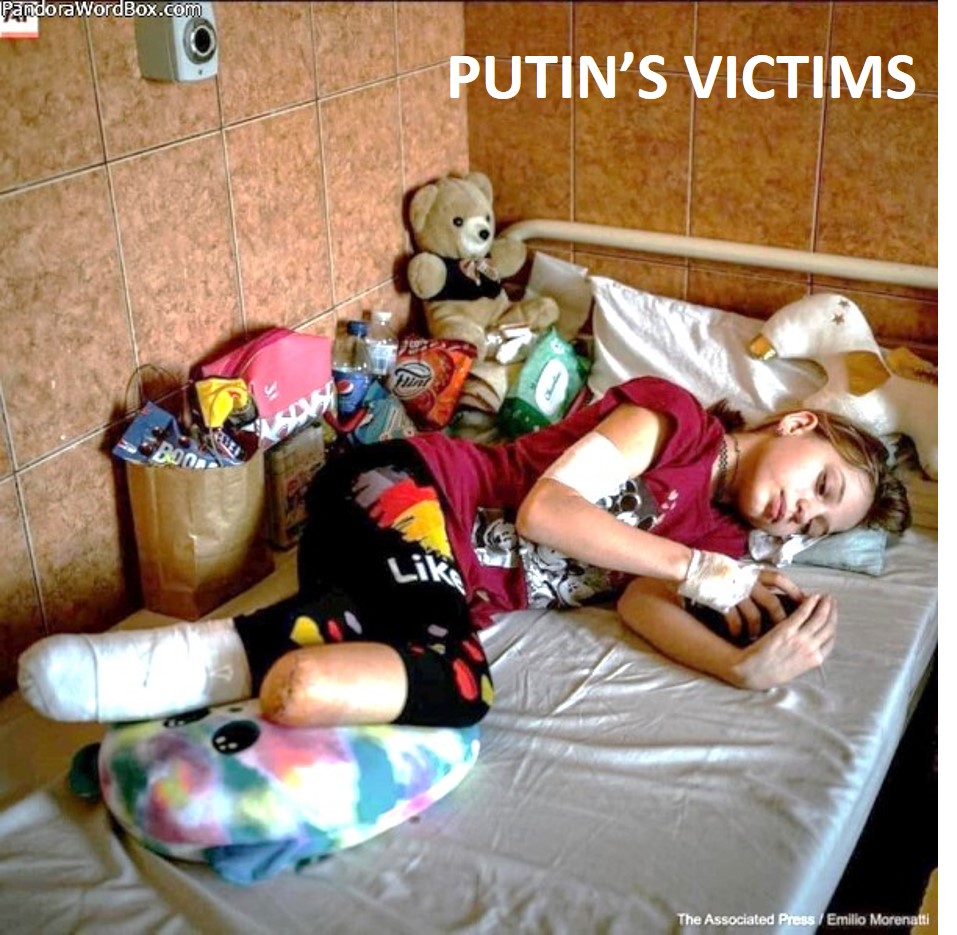Wolf Hirschhorn Syndrome
 [for Professionals mainly] [for Professionals mainly]
Alternative titles; symbols
WOLF - HIRSCHHORN CHROMOSOME REGION; WHCR
The Wolf - Hirschhorn syndrome … is characterized by severe growth retardation and mental defect, microcephaly, 'Greek helmet' facies, and closure defects (cleft lip or palate, coloboma of the eye, and cardiac septal defects). The critical zone for development of this disorder is located distal to the Huntington disease-linked G8 … In 7 cases of WHS, Quarrell et al. (1991) found that there was de novo deletion or rearrangement of 4p; in each case the abnormality had arisen on the paternal chromosome. A paternal age effect was not observed, however …
Tachdjian et al. (1992) described prenatal diagnosis of 5 cases studied because of severe intrauterine growth retardation detected on routine ultrasound …
Battaglia et al. (1999) evaluated 15 patients with the 4p- syndrome (12 females, 3 males) in 3 centers. Follow-up spanning 16 years was achieved in 4 of the cases. Thirteen cases were detected by cytogenetics … Of the 15 patients, 5 (33.3%) had heart lesions; 7 (47%) had orofacial clefts; 13 (87%) had a seizure disorder that tended to disappear with age; and all 15 had severe/profound developmental retardation …
Wolf Hirschhorn Syndrome Candidate 1
 [for Professionals mainly] [for Professionals mainly]
Wolf - Hirschhorn syndrome is a malformation syndrome associated with a hemizygous deletion of the distal short arm of chromosome 4 (4p16.3) … critical region, has been confined to a region of 165 kb … sequenced completely during the search for the Huntington disease gene … They designated the gene WHSC1 (Wolf - Hirschhorn syndrome candidate-1) …
4p- syndrome
Mr. L. Bentley, August 10, 2006
 [Support Groups] [Support Groups]
General Information
... The amount of material deleted may range from about 50% of the short arm to a small break that can't be detected by normal chromosome analysis. In 10-20% of the cases the deletion can occur as a result of a translocated chromosome in the parent. Because of this wide range of deleted material, the effect on our children varies widely. Some can walk, talk and assist in their daily care while others are not verbal and require constant care. Some are near normal height and weight while others at ages 20-30 weight only 35-50 lbs and are only 45-55 inches tall. The medical involvement also varies from near normal to severe heart and other problems. However, a common trait seems to be that our children are (for the most part) happy, loving children.
Wolf Hirschhorn Syndrome
 [for Parents] [for Parents]
Signs and symptoms
The most common characteristics include a distinct craniofacial phenotype (microcephaly, micrognathia, short philtrum, prominent glabella, ocular hypertelorism, dysplastic ears and periauricular tags), growth restriction, intellectual disability, muscle hypotonia, seizures, and congenital heart defects.
Less common characteristics include hypospadias, colobomata of the iris, renal anomalies, and deafness.[5] Antibody deficiencies are also common, including common variable immunodeficiency and IgA deficiency. T-cell immunity is normal.
About Wolf Hirschhorn Syndrome
Many rare diseases have limited information. Currently GARD aims to provide the following information for this disease …
Sindrome de Wolf-Hirschhorn
 [Spanish] [Spanish]
El sindrome de Wolf-Hirschhorn (WHS) es un trastorno genetico que afecta muchas partes del cuerpo. Las senales y los sintomas incluyen una apariencia facial caracteristica, retraso del crecimiento y del desarrollo, discapacidad intelectual, bajo tono muscular (hipotonía), y convulsiones. Otras caracteristicas pueden incluir anomalias de los huesos, defectos congenitos del corazon, perdida de la audicion, malformaciones del tracto urinario, y / o anormalidades estructurales del cerebro. El WHS es causado por una perdida (deleccion) de material genetico cerca del extremo del brazo corto (p) del cromosoma 4 (escrito como 4p-). El tamano de la delecion varia entre las personas con WHS y los estudios sugieren que las deleciones mayores resultan en caracteristicas mas graves.
Wolf - Hirschhorn
I.B.I.S. Birth Defects, December 20, 2000
 [Ukrainian] [Ukrainian]
Factsheet in Ukrainian
________________________________________________________________________________________________
Last Updated: 2023/07/24
________________________________________________________________________________________________
|



 [for Professionals mainly]
[for Professionals mainly]




